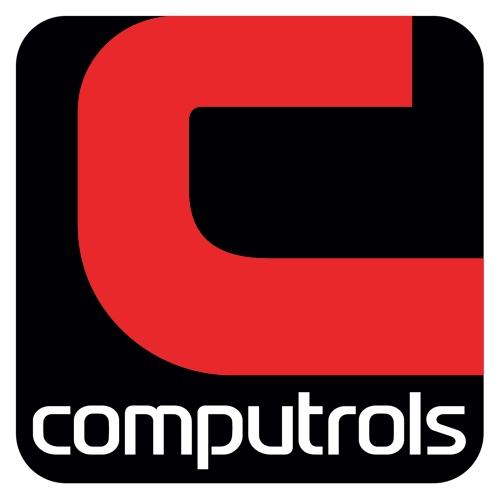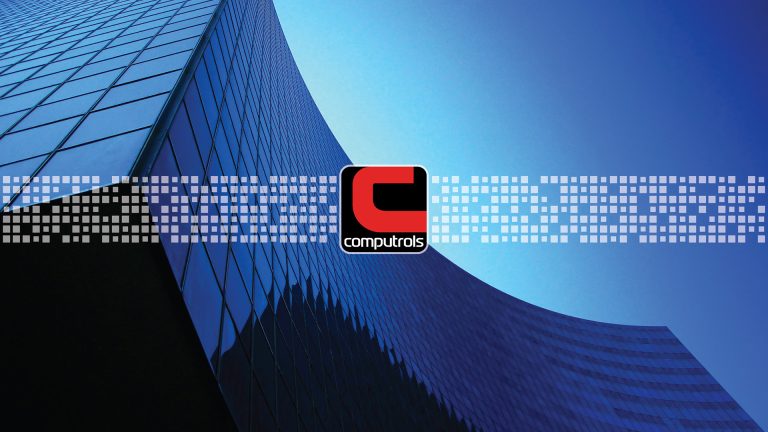Whether it’s the controls in your building or your lights at home, they all have one thing in common: they are powered by electricity. This power arrives at your devices as either Alternating Current (AC) or Direct Current (DC). AC is an electric current that reverses its direction and magnitude, while DC always flows in the same direction. The most common form in buildings and even in your home is AC. This is because AC is easier to keep stable over a longer distance. The next question then becomes how do we convert AC to DC. The answer is rectifiers.
Rectifiers
A rectifier is a device that converts AC to DC. This is done by using one or more diodes. Diodes are electronic components that allow current flow in one direction (forward bias) while impeding flow in the opposite direction (reverse bias). Depending on how many you use and their orientation, you can either get half-wave or full-wave rectification. Before discussing what half-wave and full-wave rectifiers are, there needs to be an understanding of what “wave” the name is referring to. As stated before, AC is an electric current that reverses its direction. If you were to plot that current on a graph, you would get a sine wave (see graph). This is the wave the name is referring to.

Half-Wave Rectifiers
Half-wave rectifiers allow only half of the sine wave to be used. Depending on the orientation of the diode, either the negative or the positive side can be utilized. Half-wave rectifiers consist of one diode (see example circuit below).

As the current flows through the circuit, the diode allows the positive side to flow while stopping current from flowing when it reverses direction. Graphing your wave then looks like this. This is DC power. The problem with this, however, is that it’s not stable. You are only using half of the wave, meaning you are only using half of the available power (see graph below). For something like a charger for a small handheld device, this will work fine, but for more robust pieces of equipment that need smoother power, you will need something more constant. This is where full-wave rectifiers come into play.

Full-Wave Rectifiers
Center-Tapped Full-Wave Rectifier
Center-tapped full-wave rectifiers have two diodes and require a center-tap transformer. This is a transformer that has a contact made halfway along the winding of the secondary coil. This gives you two voltages instead of one that you would get from a standard transformer. The rectifier will be set up with a diode on each side of the transformer (see circuit below).

This allows for current to flow the same direction regardless of the way the current is flowing. The benefit is that you are using the full sine wave. The downtime of your voltage being at zero is lower giving a much more stable voltage.

Full wave converts 100% of the AC power into DC power; however, this requires a center-tapped transformer. There is another way to do this that uses four diodes and can be used with a standard transformer.
Full-Wave Bridge Rectifer
A full wave bridge rectifier uses four diodes arranged to allow current to flow regadless of the direction of the current, but does not need the center-tapped power supply.

Starting with the positive side, current flows from A through D2 to B. From here it goes through the devices to E, where the current flows through D4 to C, and the power supply completing the circuit. When the current is reversed, it flows from C through D3 to B. Again, it goes through the devices to E and finally through D1 to A completing the circuit. The center tap is no longer needed and the full power is being used.
Conclusion
In summary, rectifiers are essential for converting Alternating Current to Direct Current. While half-wave rectifiers offer simplicity and cost-effectiveness, full-wave rectifiers provide higher efficiency and smoother/stable output waveforms. Computrols LX controllers use half-wave DC for its 24V binary output signals. This is because even though fullwave will provide a smoother and more stable output signal not all end devices can use a full wave signal. Half-wave is the typical in controls systems. If we were to provide a full wave signal to a half wave device we would be shorting half of the full wave rectifier causing burn out of the diode, control board, or end device. Understanding the differences between these two types of rectifiers is crucial for designing efficient and reliable power supply systems for various electronic applications.




